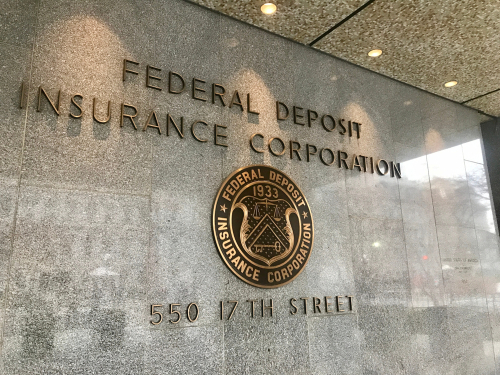The Federal Deposit Insurance Corporation (FDIC) released the 2024 Small Business Lending Survey Report (SBLS) this week, which features insights into small business lending practices.

The SBLS gathered responses from over a quarter of the nation’s banks on how they approve and underwrite small business loans, their geographic markets and competition, their use of financial technology, and their lending to start-ups.
Overall, the survey found that while most banks are using new technologies, these innovations have not replaced relationship-oriented small business lending.
“From the smallest to the largest banks, small business lending is generally underwritten and approved by people. In this sense, small business lending at banks is one of the forms of lending that has remained the most consistent and traditional in how it is conducted,” FDIC Chairman Martin Gruenberg said in a keynote address to the 12th Annual Community Banking Research Conference at the Federal Reserve Bank of St. Louis this week.
Among the key findings:
- Approximately half of U.S. banks were using or considering using financial technology in their small business lending process. However, nearly all banks emphasized in-person and high-touch practices for developing relationships with their small business customers. Technology was used to help with regulatory compliance, data management, and servicing small business loans after loan approval.
- Nearly all banks make small business loans of at least $1 million, and half of banks make loans up to $3 million to small businesses.
- Small and large banks emphasize different types of information when making small business loans, particularly smaller loans. Small banks use more “soft” or difficult-to-quantify underwriting information gathered through relationships than large banks. Large banks tend to focus more heavily on using “hard” quantitative information from credit bureaus when evaluating loan applications.
- Small business loan approval times are fast, especially for small loans at large banks. About 30 percent of all banks, including more than half of large banks, can approve a small and simple loan within one business day, while 75 percent of banks can approve a small and simple loan within five business days.
- Banks value branch locations and on-site visits to generate and maintain small business lending relationships.
- Bank competition with credit unions and non-bank financial technology companies (FinTechs) is growing. Specifically, small banks are more likely to compete regularly with credit unions, while large banks are more likely to compete with FinTech lenders, credit card issuers, and other financing companies.
- Small and large banks take different approaches to managing the risk of lending to start-ups. Large banks more often rely on government guarantees, while small banks more often use soft information gleaned from meeting with applicants.
“This survey also affirms that the community banking model of small business lending remains highly competitive in today’s financial market and is still vital for our communities,” Gruenberg added.